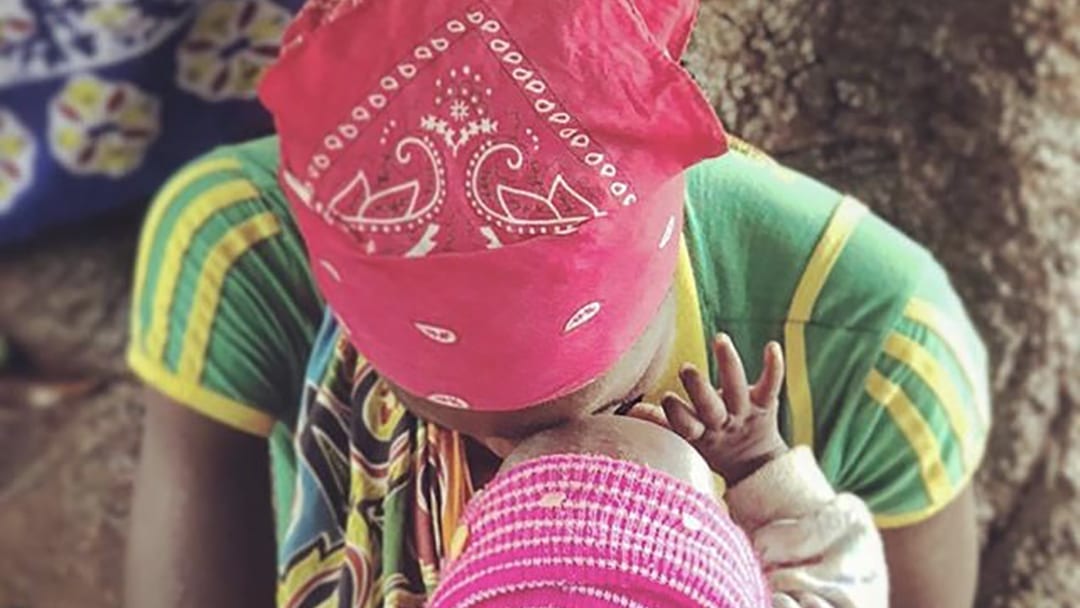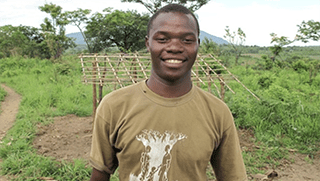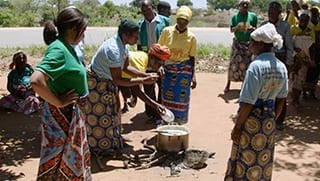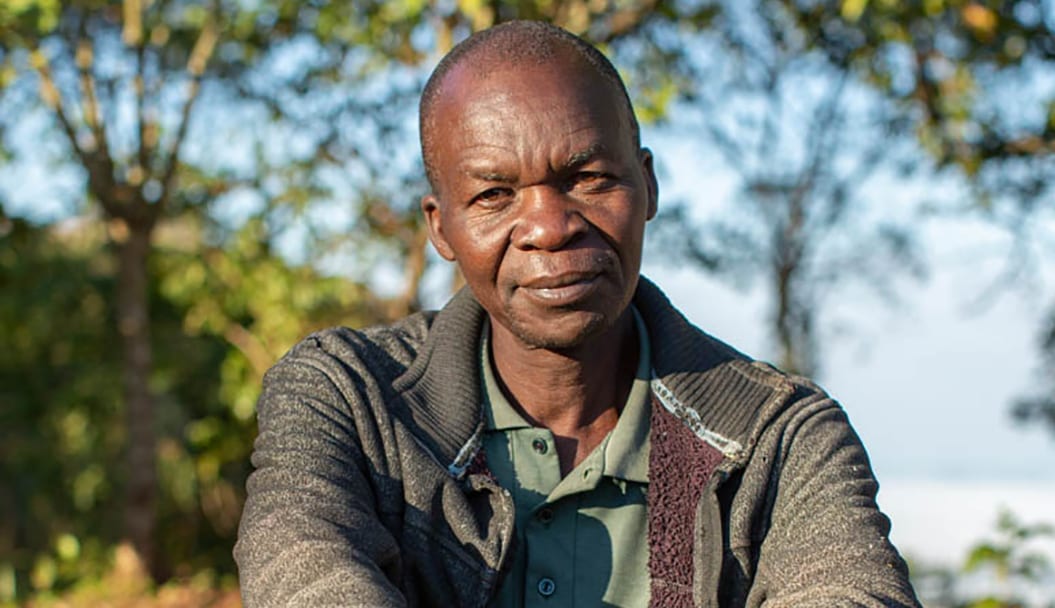Health at Gorongosa

Health at Gorongosa
The World Health Organization states “the highest attainable standard of health as a fundamental right of every human being” and here in Gorongosa, we work to provide access to care to the underserved community that lives around the park in the following ways:
Our Programs
Our health programs are driven by a simple but very powerful idea: the health of Gorongosa National Park is directly linked to the health of the people living near the Park. And vice-versa.
Here are some of the things we do to improve the health of the thousands of people living around Gorongosa

Mobile Brigade
Through mobile medical clinics, we reach some of the most vulnerable families in some of the remotest areas of the Gorongosa region. For many people, this is their first contact ever with a medical professional. The demand can sometimes be overwhelming, with hundreds of people showing up for care. But it’s deeply fulfilling work because there is no doubt about it: these clinics save a lot of lives.

Traditional Birth Attendants
Our research shows that 84% percent of women in Gorongosa delivered their last baby at home. By training and supporting traditional birth attendants (TBAs) who live and work in the communities, we ensure that our focus on reproductive health continues and that maternal and infant mortality rates fall.

Community Health Workers (APE)
The APE Program expands primary health care services through a network of Agentes Polivalentes Elementares (APEs) who provide community-based treatment and health education. In partnership with the MoH, GP launched the APE Program in 2011 to increase the number of community health workers in Buffer Zone communities.

WaSH
The WaSH program increases access to clean drinking water and improves community sanitation and hygiene practices. In partnership with district authorities and community members, GP launched the WaSH program in 2016 with an initial focus on borehole rehabilitation and construction.

Model Moms
Mothers models are women also from the community. These well respected local women advise other women, as well as men, on how to give good nutrition to their babies, and the Park supports this peer to peer program.

Men for Equality Program
The Men for Equality Program (MEP) will work directly with adolescent girls and boys, woman and men, whole communities and leaders to achieve sustainable change in attitudes and practices related to the empowerment of girls and women.
Our Mission
Our Mission
Advance an integrated multi-partner approach to conservation and to people-centred development. The Gorongosa Project protects the Park’s biodiversity and ecosystem services and unlocks its economic potential for the community inhabitants of the Gorongosa Buffer Zone, Sofala Province, Mozambique and further afield.
Our Vision
A thriving, biodiversity-rich, Greater Gorongosa conservation landscape, which supports Sofala Province as an engine for resilient and sustainable development enabling nature experiences and wellbeing for its people, enriching all of Mozambique and the world.
A Park for Peace
On 1 August, 2019 a historic ceremony was held in Gorongosa to celebrate the Cessation of Hostilities Accord between the leaders of the Government of Mozambique and the opposition Renamo Party. The accord established Gorongosa National Park (GNP) as a ‘Park for Peace’, delivering human development to the communities that share the greater landscape.
Learn More

Subscribe To Our Newsletter
Join our mailing list to receive the latest news and updates from our team.